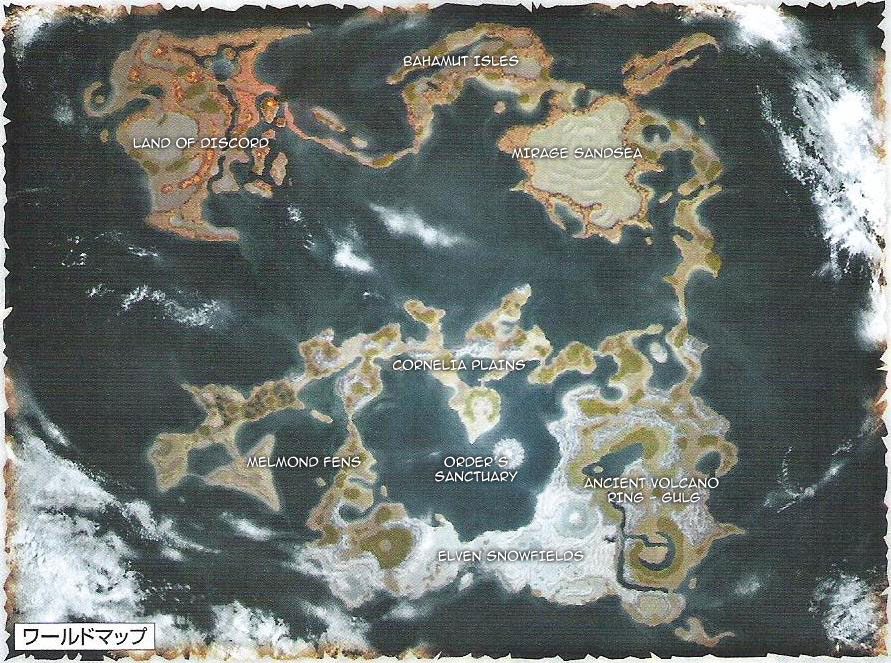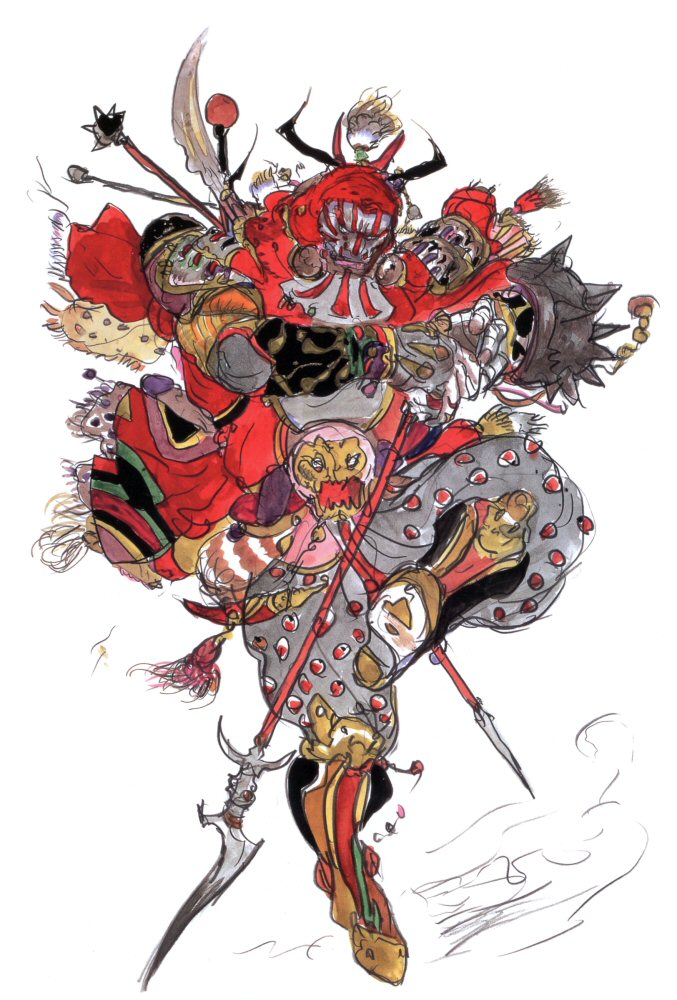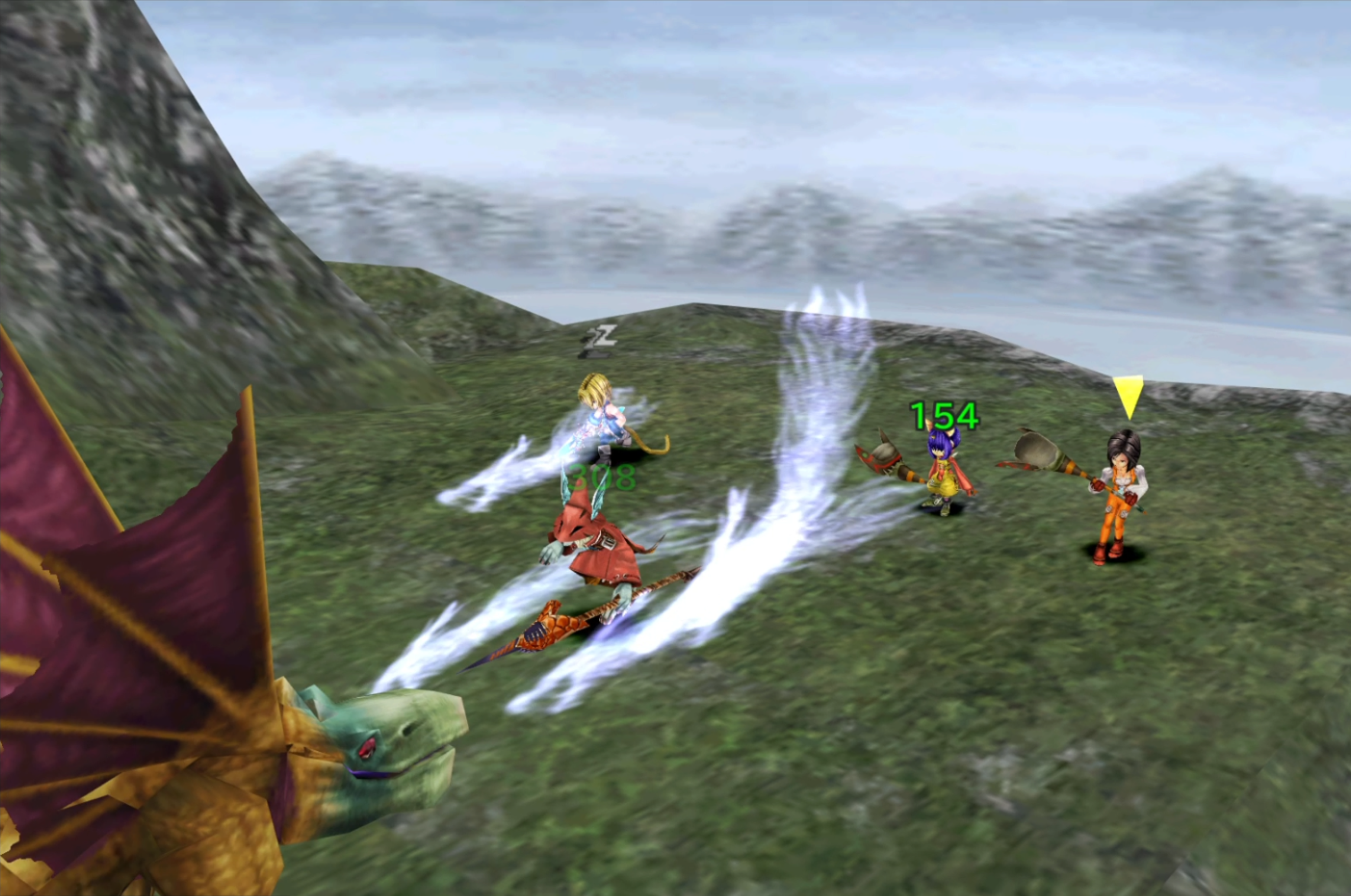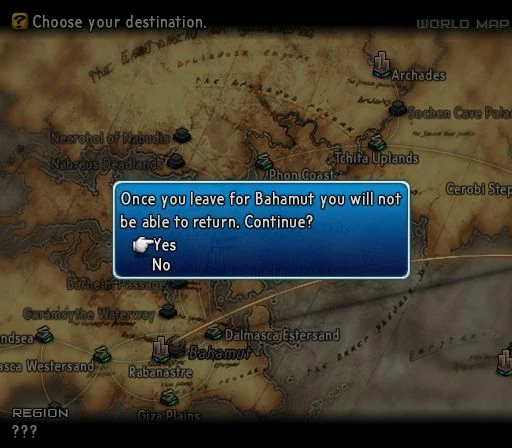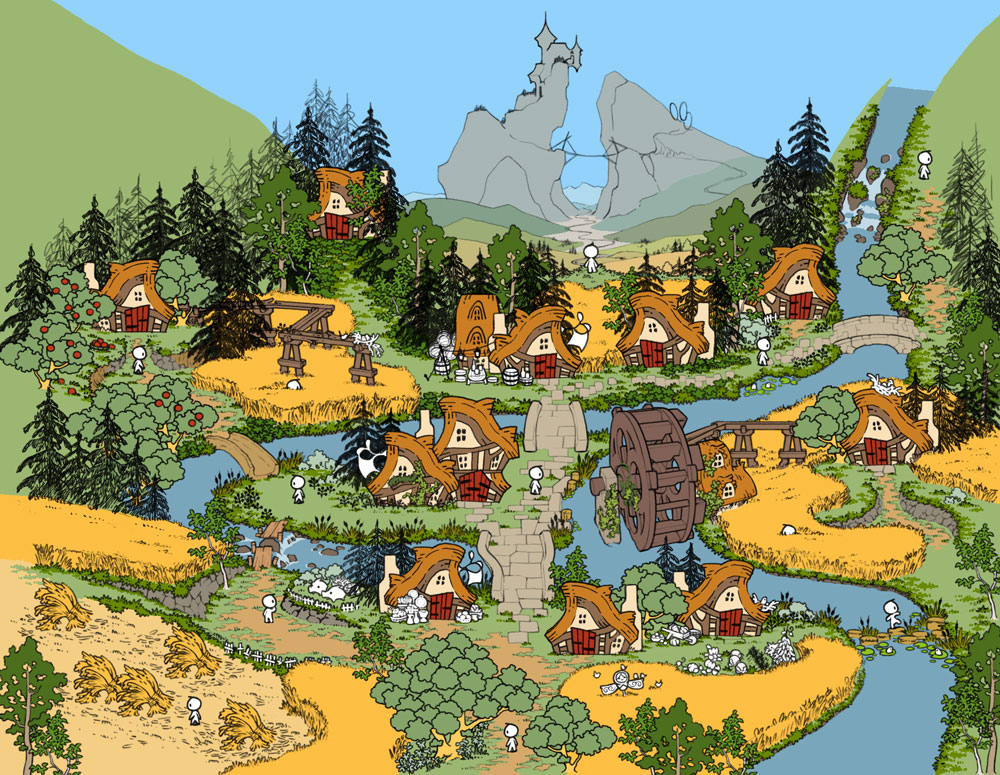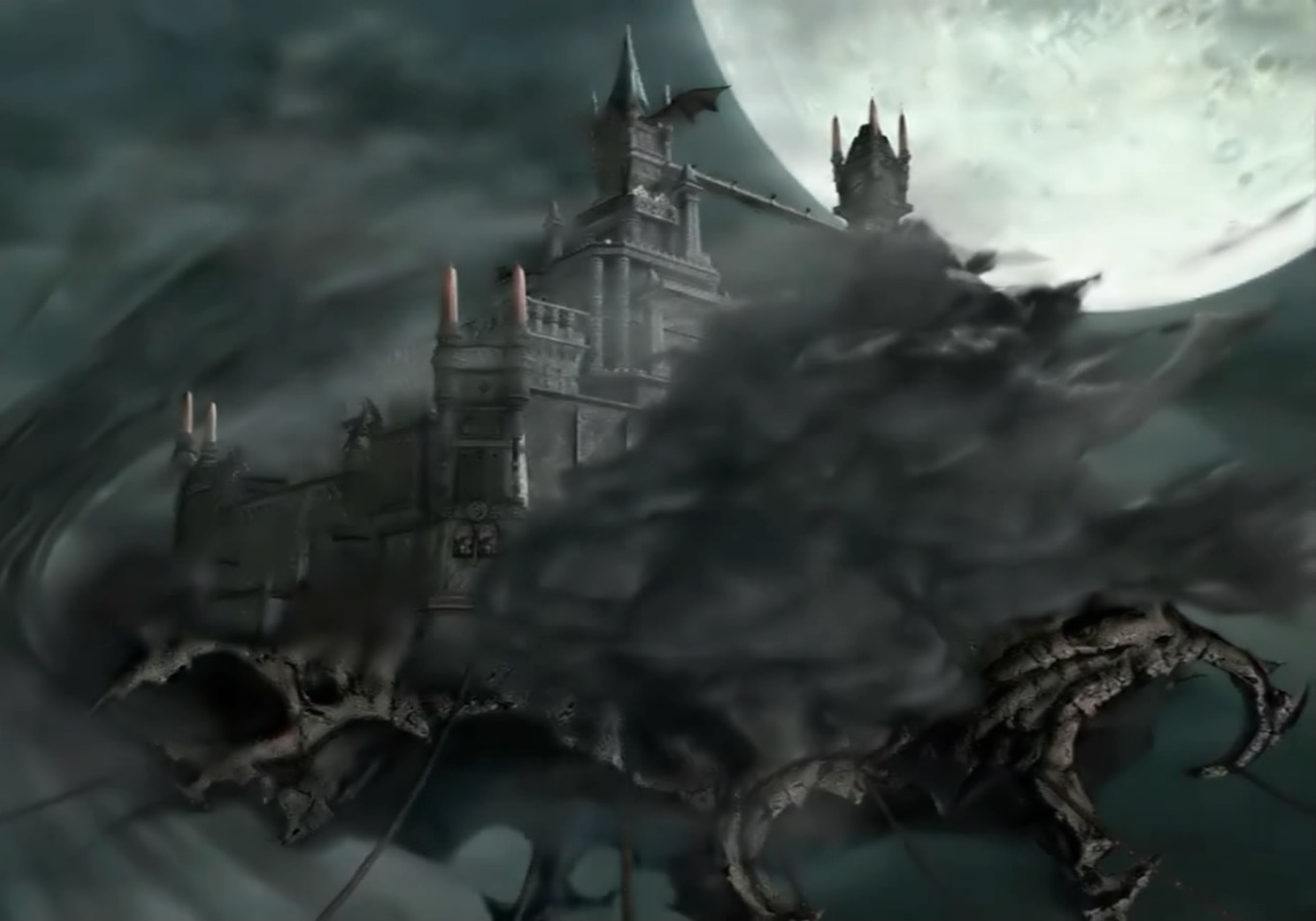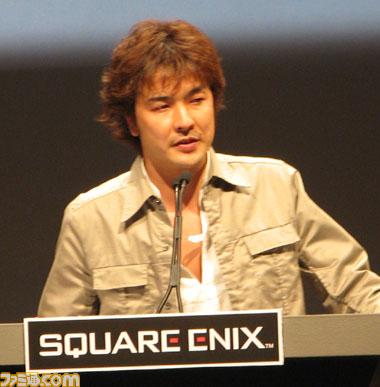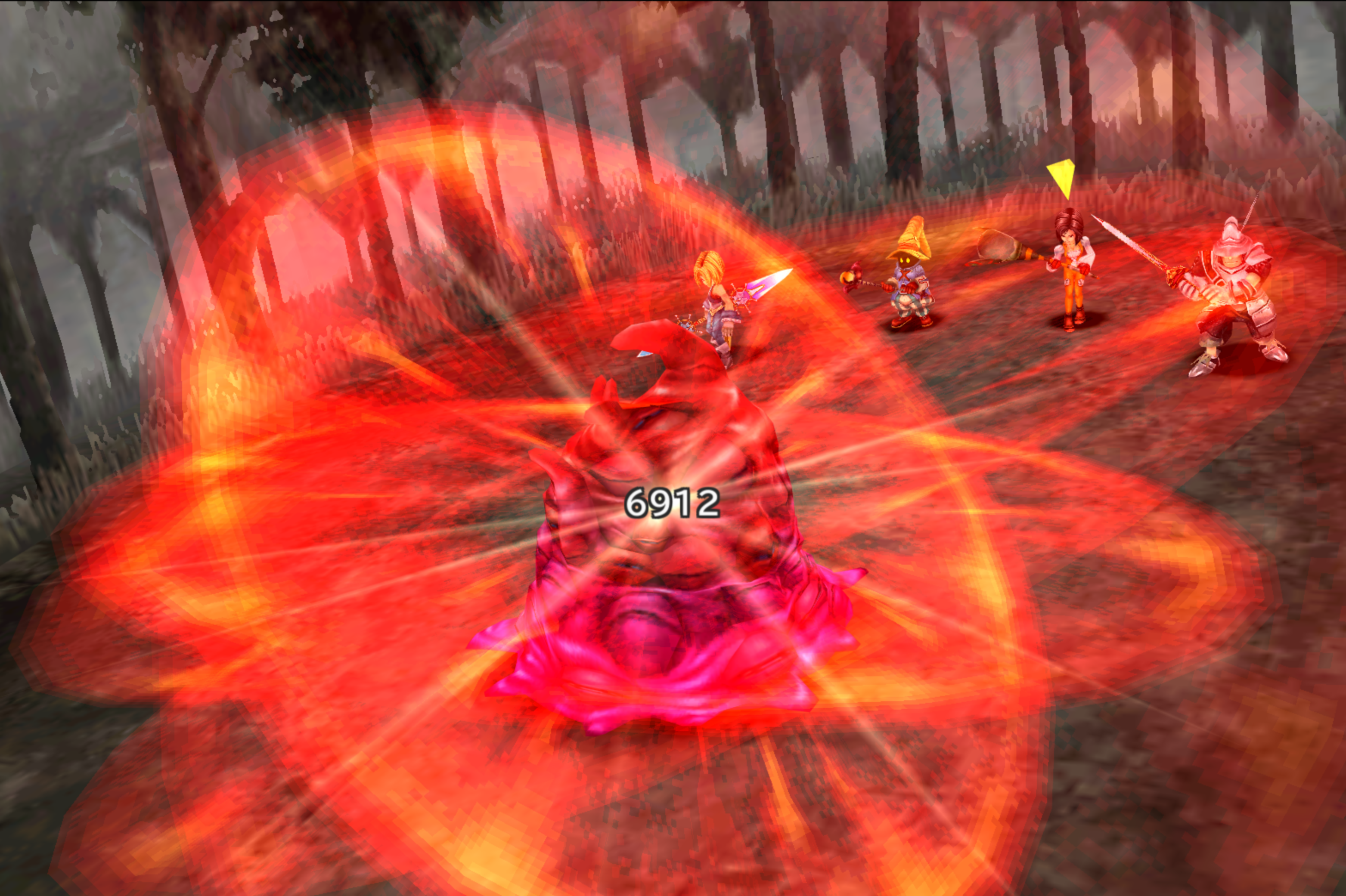July 1st, 2013
This Month’s Featured Article
“A legendary knight who rides his beloved horse Sleipnir to deliver a crushing blow, the “Zantetsuken.””
—Dissidia Final Fantasy Summon Compendium
Odin (オーディン, Ōdin?) is a recurring summoned monster in the series. He made his debut in Final Fantasy III and several of his appearances allude to his original encounter.
Most commonly, Odin will appear and slice though enemies with his sword, cleaving them in two and inflicting Instant Death. His ability in most Final Fantasy games is called “Zantetsuken”. Other games give Odin the ability to damage enemies normally as well, should they be immune to instant death.
Odin is a demonic-looking knight with horns, a long, curved scimitar and a cape. This progressed to include a lance-type weapon called Gungnir. Odin is always seen on his horse, who takes on demonic attributes as well, such as red eyes and body armor. Sleipnir, Odin’s steed in Norse mythology, has eight legs; in some games in the series, Odin’s steed has six legs. In Final Fantasy III Sleipnir can be encountered as a six-legged enemy, while Odin’s steed is a normal horse.
Recently featured: Wild Rose Rebellion – Dali – Shinra Electric Power Company – You Spoony Bard! – Alexander – Iifa Tree
See all Featured Articles – Vote for Featured Articles
June 1st, 2013
This Month’s Featured Article
The Wild Rose Rebellion, also referred to as the Rebel Army, is a resistance organization fighting against the Empire of Palamecia in Final Fantasy II. Its name comes from the symbol of the Kingdom of Fynn, the Wild Rose.
Formed out of the remnants of the Kingdom of Fynn after it was conquered by Palamecia, the Wild Rose Rebellion was forced to move to Altair following the Empire’s capture of the city and castle. Princess Hilda of Fynn leads the resistance movement, along with her right-hand and Royal Mage of Fynn, the White Wizard Minwu.
The group uses its name as a key term which can unlock important information and serve to identify those who are members of the group. The Wild Rose is the crest of Fynn.
The legacy of the Wild Rose Rebellion lives on in Dissidia Final Fantasy through a literal wild rose carried by Firion and the dream it inspires in him, to fight to end war and create a peaceful and free world where the flowers can bloom openly.
Recently featured: Dali – Shinra Electric Power Company – You Spoony Bard! – Alexander – Iifa Tree – Seventh Umbral Era
See all Featured Articles – Vote for Featured Articles
May 1st, 2013
This Month’s Featured Article
Dali (ダリの村, Dari no Mura?) is a small village near the geographical center of the Mist Continent, in the world of Gaia in Final Fantasy IX. It is located in the territory of Alexandria, near South Gate and above the Mist.
Dali was primarily a farming community, but after Queen Brahne began manufacturing black mages, the villagers abandoned farming in favor of the more profitable black mage production. The children and elders are responsible for running the town and keeping the secret.
Zidane, Steiner, Garnet, and Vivi arrive in Dali to rest and find a way to travel to Lindblum. They stay the night at the inn, but the innkeeper notices Vivi, and how he is similar in appearance to the black mages being produced.
Dali is a small village and most areas can be accessed from the Village Road. Underneath the village is an underground factory, a linear cavern system, which can be entered only once in the game from the inside of the Windmill.
Recently featured: Shinra Electric Power Company – You Spoony Bard! – Alexander – Iifa Tree – Seventh Umbral Era – Final Fantasy Tactics Advance
See all Featured Articles – Vote for Featured Articles
